A fiber optic attenuator is mainly used in fiber optics to debug optical power performance and optical instrument calibration correction, and fiber signal attenuation to ensure the optical power is stable and desired level in the link without any changes on its original transmission wave. This article provides a comprehensive understanding of fiber optic attenuators.
What is a Fiber Optic Attenuator?
A fiber optic attenuator also called an optical attenuator is a passive device used to reduce the power level of an optical signal in free space or an optical fiber. It provides low insertion loss, precise attenuation values, and easy operation features. In addition, fiber optic attenuator is usually used in single-mode long-haul applications but is also available in multi-mode attenuators.

Working Principle of Fiber Optic Attenuator
There are three working principles of fiber optic attenuators:gap-loss, absorptive and reflective principle.
1. Gap-loss Principle
The gap loss principle is used in fiber optic attenuators to reduce the optical power level by inserting the device in the fiber path using an in-line configuration. Gap-loss attenuators are placed close to the transmitter to prevent the saturation of the receiver. They use a longitudinal gap between two optical fibers so that the optical signal passed from one optical fiber to another is attenuated. This principle allows the light from the transmitting optical fiber to spread out as it leaves the optical fiber. When the light gets to the receiving optical fiber, some of the light will be lost in the cladding because of the gap and the spreading that has occurred.
2. Absorptive Principle
The fiber optic has the imperfection to absorb optical energy and convert it to heat. The absorptive principle is used in the design of fiber optic attenuator, using the material in an optical path to absorb optical energy. This principle is simple but can be an effective way to reduce the optical signal power.

3. Reflective Principle
Another imperfection of fiber optics is also being used to reduce the signal power, which is reflection. The major power loss in optical fiber is caused by the reflection or scattering. The scattered light causes interference in the fiber, thereby reducing the signal power. The reflective principle is used in the planned attenuation of a signal, and the material used in the fiber optic attenuator is manufactured to reflect a known quantity of the signal, thus allowing only the desired portion of the signal to be propagated.
Fiber Optic Attenuator Types
The fiber optic attenuator is divided into fixed optical attenuator (FOA) and optical variable attenuator (VOA) types.
1. Fixed Optical Attenuator
Fixed optical attenuator (FOA) is used in fiber optic communication systems to reduce the optical fiber power by a certain level. Typical attenuation values are between 1 and 30 dB. Fixed value attenuators consist of in-line type and connector type. The in-line type optical attenuator is incorporated into the patch cable. The connector type attenuator has a male plug connector at one side to allow the fiber attenuator to be plugged directly into receiver equipment or adapters in the patch panel and has a female type fiber optic adapter at the other side to allow the patch cords to plug in. FOA is available in LC, SC, ST, FC, and MU styles with APC and UPC polish.
2. Variable Optical Attenuator
A variable optical attenuator (VOA) uses a variable neutral density filter and has the advantages of being stable, wavelength insensitive, mode insensitive, and offering a large dynamic range. VOA includes stepwise variable attenuator and continuously variable attenuator types. The stepwise variable attenuator can change the attenuation of the signal in known steps such as 0.1dB, 0.5dB, or 1 dB. The continuously variable attenuator provides a precise level of attenuation through flexible adjustment.
Applications
A fiber optic attenuator is used in fiber optic communication systems, CWDM and DWDM, CATV systems, data center networks, test equipment, FTTx networks, telecommunication networks, local area network (LAN), digital multimedia transmission systems, etc.
Conclusion
A fiber optic attenuator is a crucial passive component in the fiber optic communication system. It can adjust optical signal levels to increase network flexibility and provide management of optical power. Sun Telecom provides a wide range of fiber optic attenuators. Contact us if you have any needs.


 Position :
Home>
News & Tutorial
>Products
Position :
Home>
News & Tutorial
>Products
 Position :
Home
>Products
Position :
Home
>Products

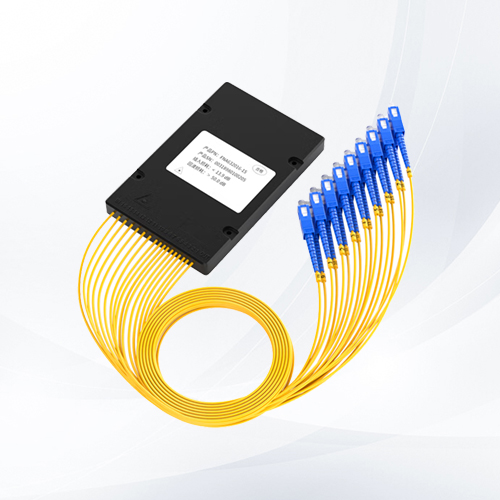
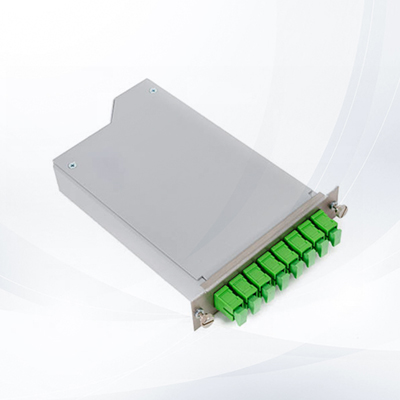
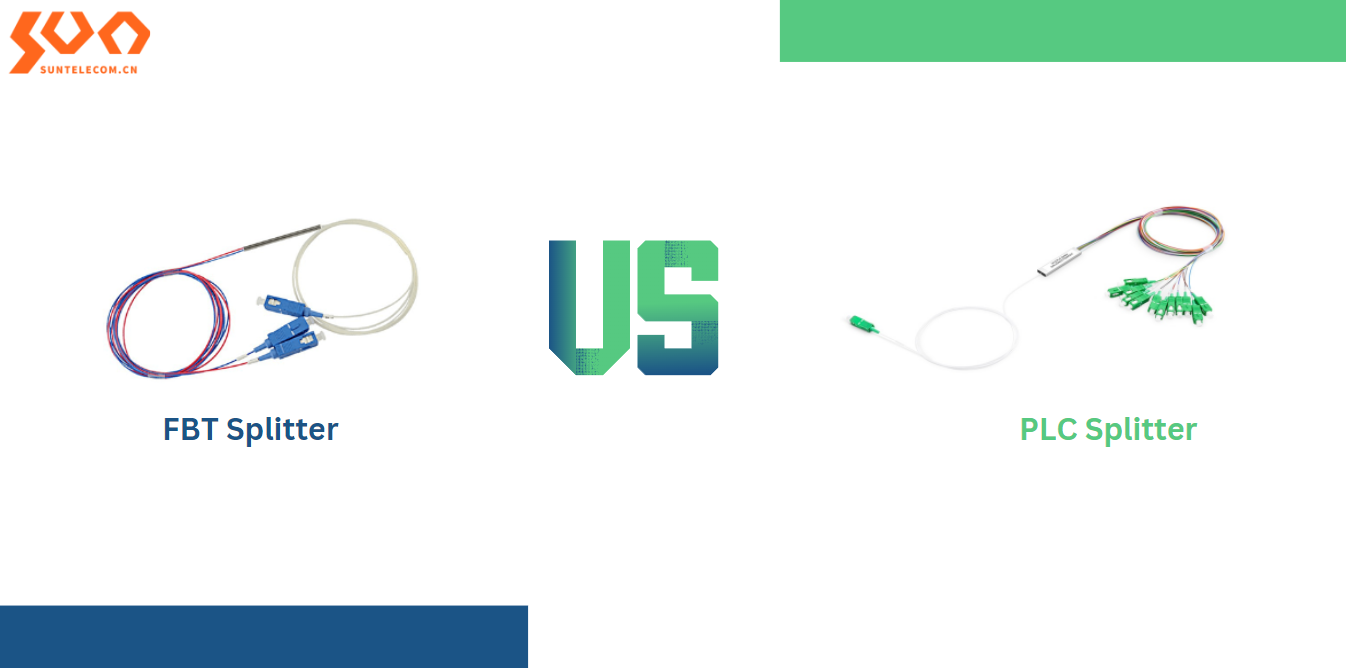
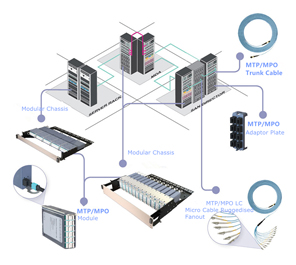
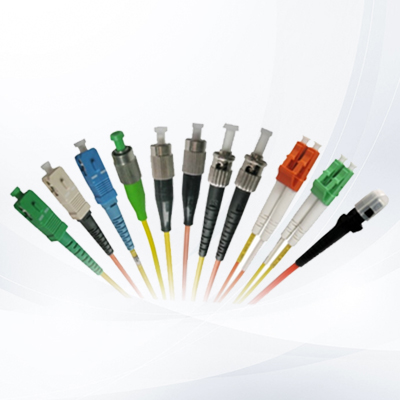
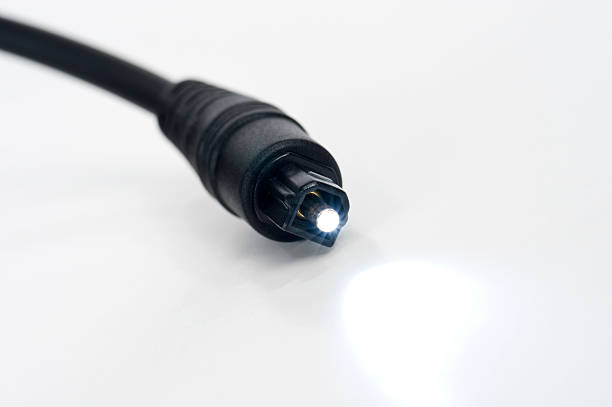
 ics@suntelecom.cn
ics@suntelecom.cn  +86 18964888554
+86 18964888554 Building No.145, Lane 666 Xianing Road, Jinshan Industrial Zone, Shanghai 201506, China
Building No.145, Lane 666 Xianing Road, Jinshan Industrial Zone, Shanghai 201506, China